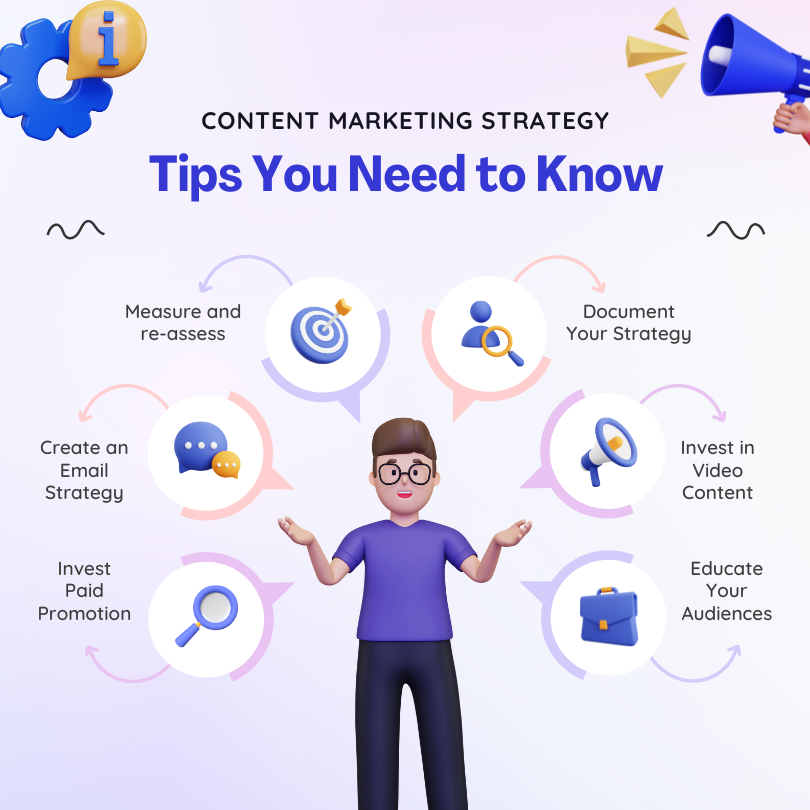Getting ready to launch some branded or unbranded content? Are your KOLs or DOLs “cued in” for the right tone and compliant language? Here are some guidelines to think about as you map your digital strategy and tactical planning.
In the digital age, content is king – and the same holds true in healthcare. A well-crafted content strategy allows healthcare brands to educate patients, build trust, and establish authority. But with the unique sensitivities of the field, how do you plan a content strategy that balances professionalism with engagement?

Key Steps in Developing Your Content Strategy
- Define Your Goals: Before writing a single word, ask yourself: What do we want to achieve? Some goals might include:
- Increased Brand Awareness: Introduce your practice or clinic to a broader audience.
- Patient Education: Improve patient outcomes by providing them with accessible information on conditions and treatments.
- Community Engagement: Position yourself as an active, contributing member of your healthcare community.
- Thought Leadership: Establish your organization as experts and a trusted source of information.
- Know Your Audience: You can’t engage an audience you don’t understand. Create personas representing your ideal patients:
- Demographics: Age, gender, location, occupation.
- Pain Points: What health issues do they face? What solutions are they seeking?
- Information Preferences: Where do they go for health information (social media, blogs, etc.)? What type of content do they engage with (videos, infographics, etc.)?
- Audit Your Assets: What do you already have? Review existing content– social posts, website articles, and materials given to patients. Determine what’s reusable, what needs updating, and where you have gaps.
- Choose Formats Wisely: Don’t limit yourself to blogs! Consider:
- Short-Form Videos: Shareable, engaging content for social media.
- Infographics: Complex medical information made visually appealing and digestible.
- Patient Testimonials: Powerful social proof for building trust (ensure compliance with regulations).
- Webinars or Q&As: Interactive formats to connect directly with your audience.
- Map Your Content Journey: Outline how your content supports different stages of a patient’s journey:
- Awareness: Blog posts, symptom checkers, and social posts on general health topics.
- Consideration: Condition-specific articles, “Meet Our Doctors” videos.
- Decision Making: Case studies, treatment comparisons, and guides on choosing a specialist.
- Retention: Email newsletters, and post-treatment resources.
- The Importance of Credibility: Health information is sensitive. Prioritize:
- Doctor Involvement: Author content, review for accuracy, or lend expertise by appearing in videos.
- Fact-Checking: Scrupulously cite reliable medical sources.
- Disclaimers: Clearly state the limitations of the information provided, and that it doesn’t substitute for professional medical advice.
- Distribution is Key: The best content is useless if no one sees it:
- Website and Blog: Optimize for SEO to help your content rank in search results.
- Social Media: Choose platforms aligned with your audience, and use paid boosting where appropriate.
- Email Newsletters: Grow your subscriber list to build ongoing relationships.
- Partner with Influencers: (Micro-)influencers in the healthcare niche can extend your reach.

Additional Considerations for Healthcare Content
- Tone of Voice: Balance professionalism with approachability. Avoid overly technical jargon. Match the style of the platform!
- Empathy and Sensitivity: Respect the challenges patients face and communicate in a supportive, non-judgmental manner.
- Compliance: Be mindful of regulations like HIPAA (patient privacy) and any restrictions from governing bodies on providing medical advice online.
It’s Ongoing, Not a One-Time Event!
A content strategy is a living document. Set up ways to analyze and act on the results:
- Analytics: Track website traffic, social engagement, newsletter open rates, etc.
- Audience Feedback: Surveys or social listening to understand what resonates.
The healthcare landscape offers a unique environment for content marketing. By prioritizing clear goals, intimately understanding your target audience, and strategically leveraging the right platforms, tools, and experts, you can craft content that resonates deeply and delivers the outcomes you desire.